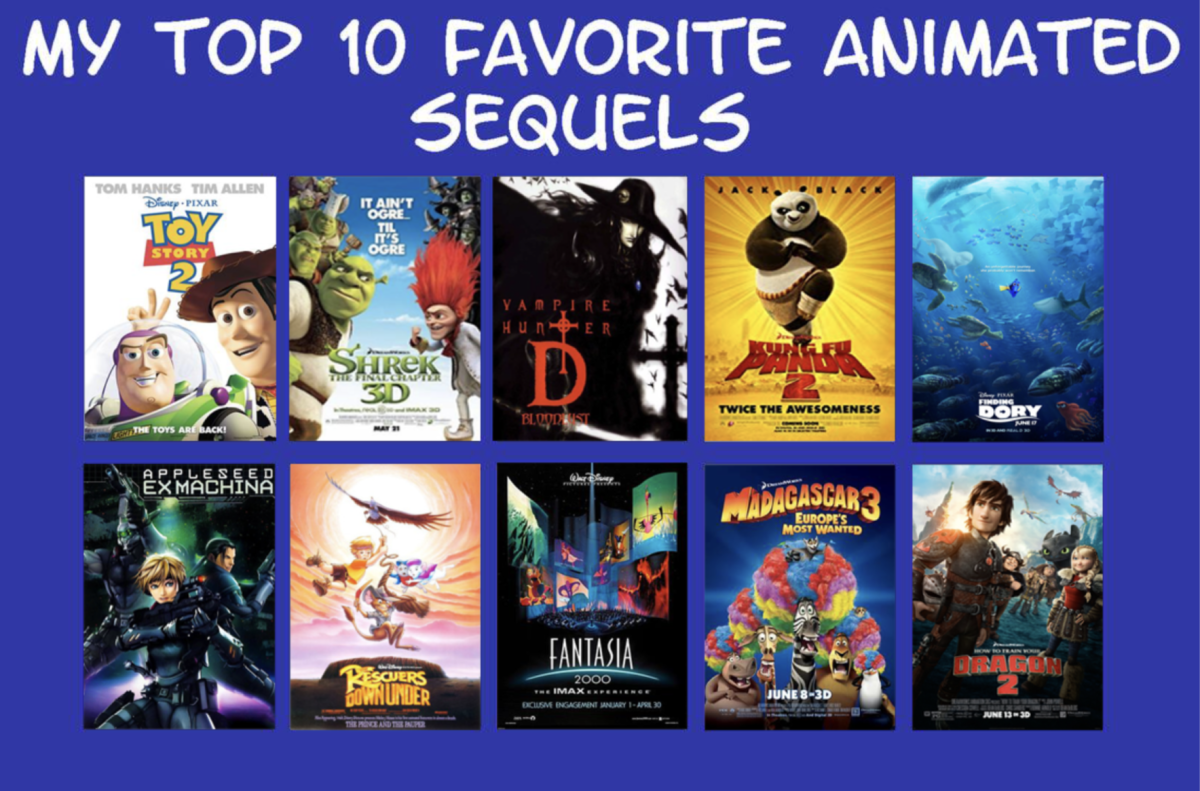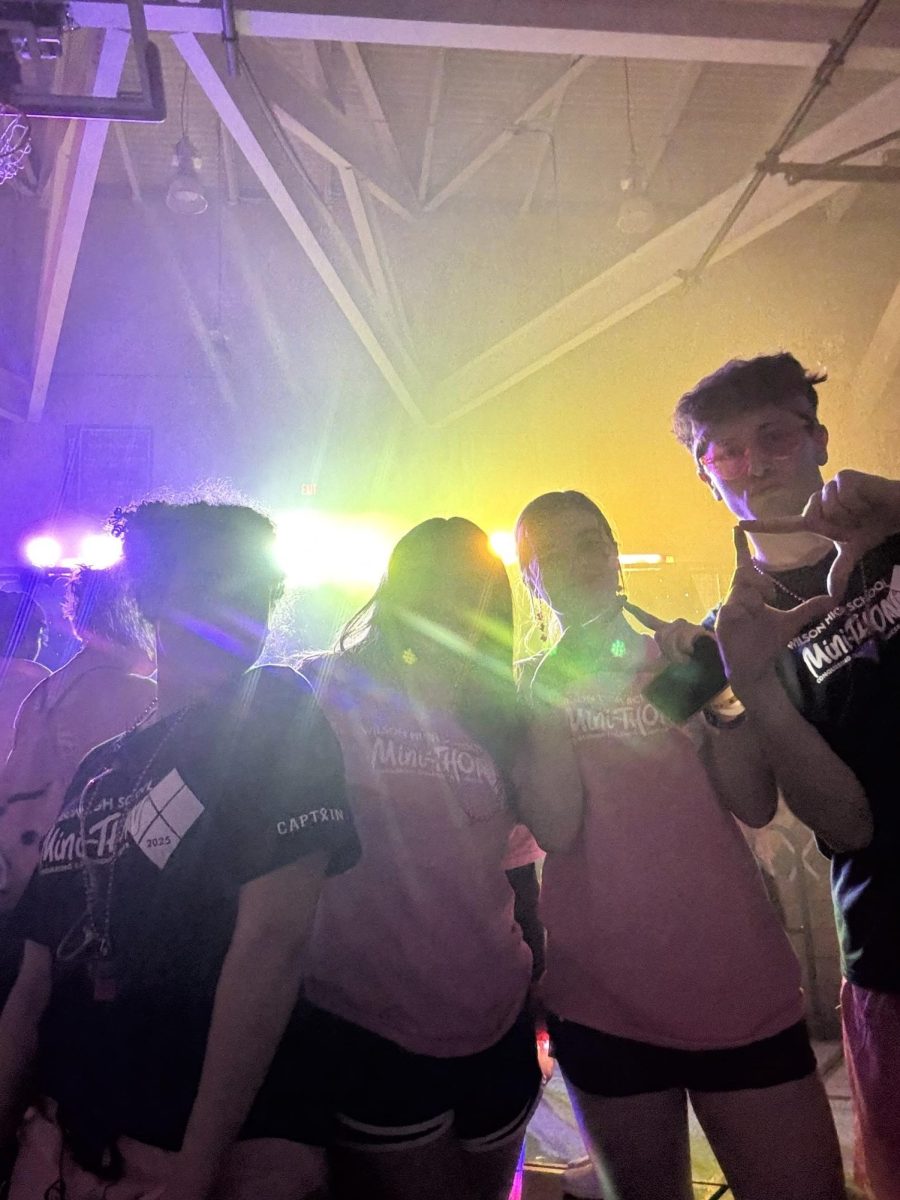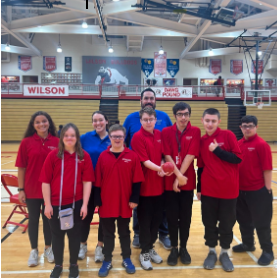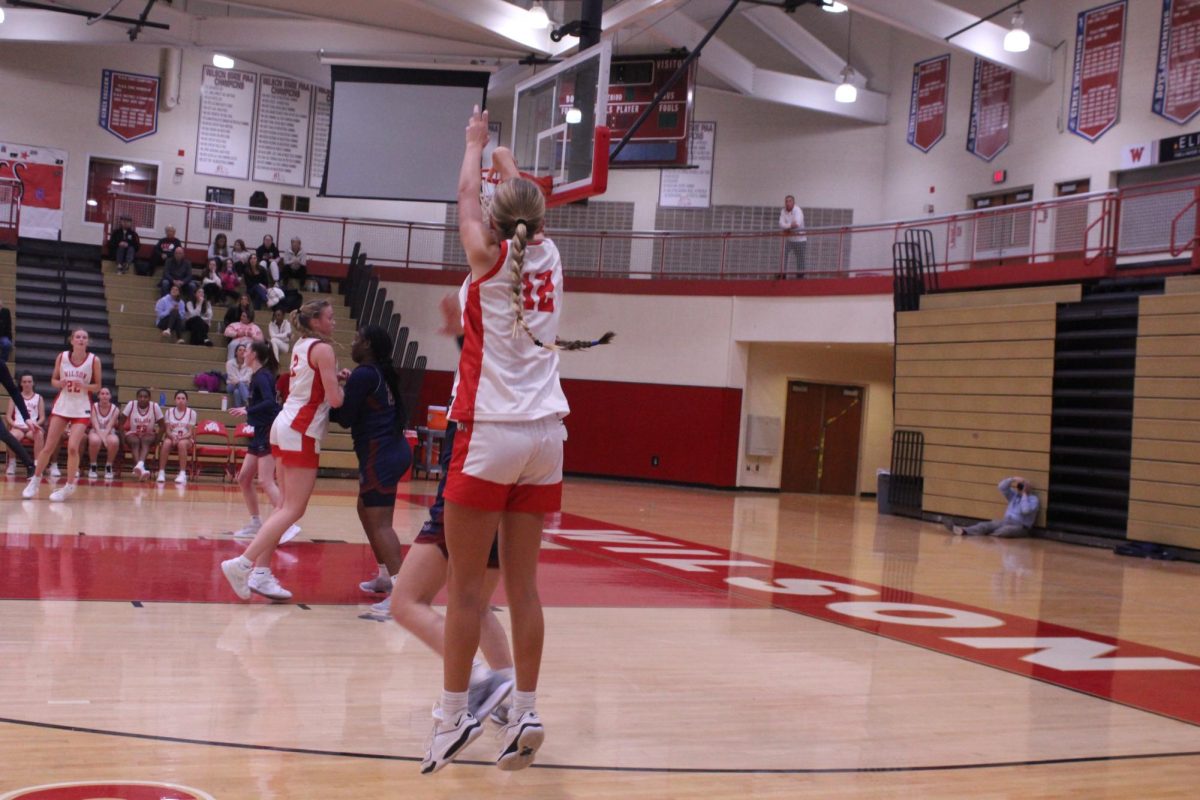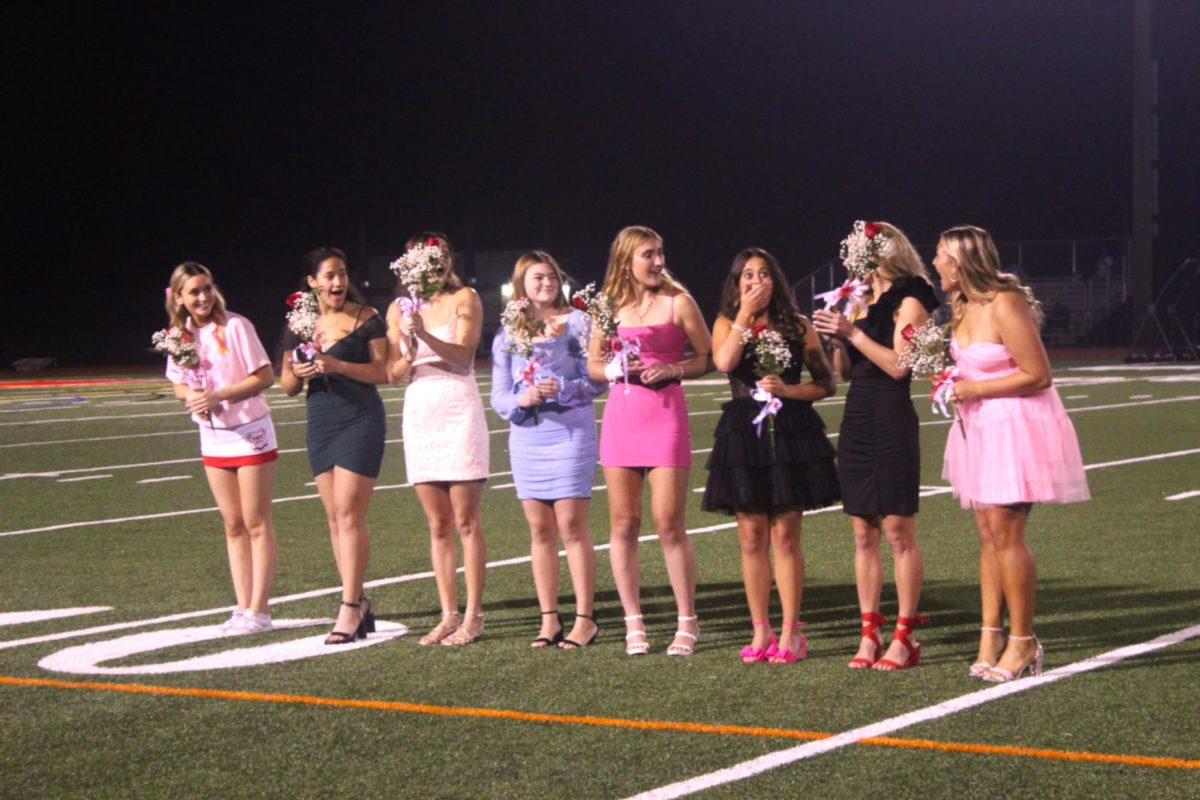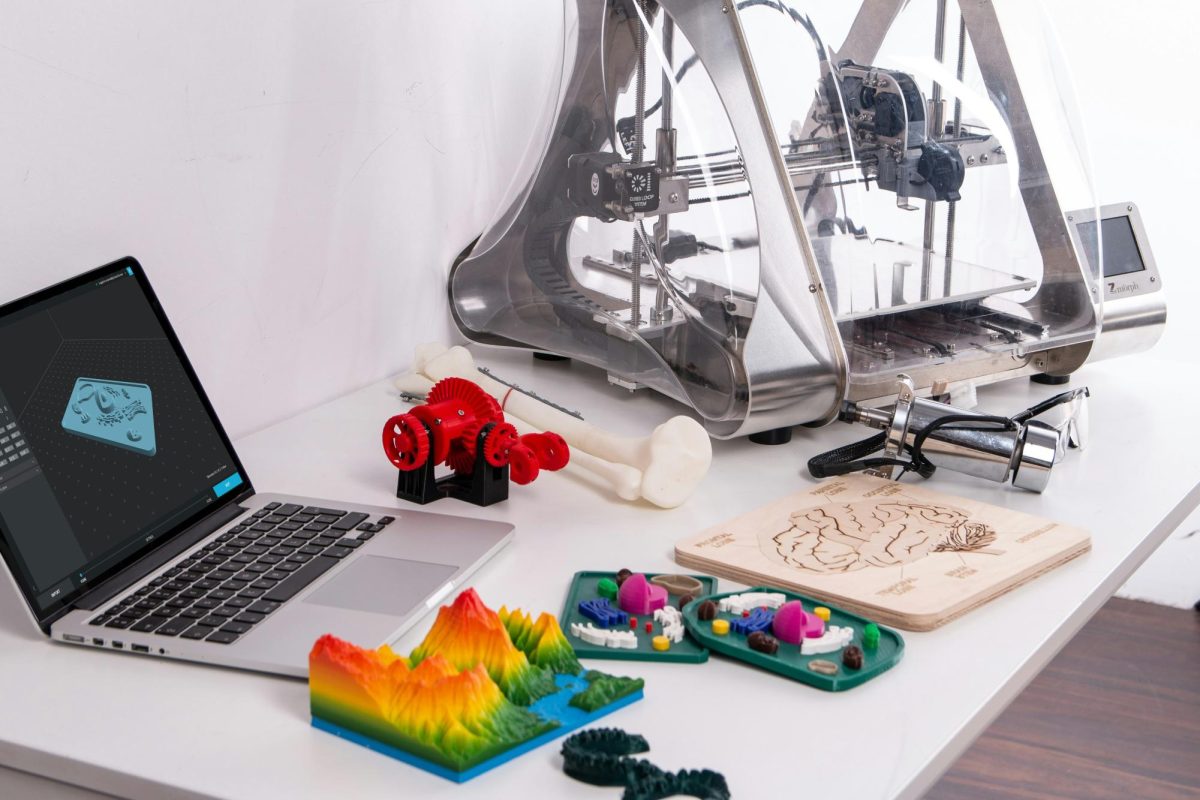It’s no secret that STEM (science, technology, engineering and math) career opportunities are growing. The Pennsylvania Department of Education predicts that in ten years, computer science knowledge will be required for 71% of new jobs. With an increasing demand for workers with this skill set, we need adequate educational models to teach it. The trouble is, not every student will have an interest in STEM, no matter how promising the job market is.
Many people view arts education and STEM as being opposite and isolated from each other, but it is possible to integrate the two in an educational model known as “STEAM”: science, technology, engineering, arts and math.
Adding the “A” to STEM isn’t just about tacking another subject on; it completely reframes the concept as a whole. Georgette Yakman, the teacher and researcher known for creating STEAM, says that introducing liberal arts “contextualizes” STEM subjects. Yakman thinks of the arts as “the ‘who & why,’ the reasoning, to the ‘what & how’ of STEM.”
STEAM’s holistic approach introduces students to a wider variety of subject areas and skills. Education often emphasizes the “hard skills” developed through academic study, but STEAM facilitates the simultaneous development of much-needed soft skills. These in-demand skills include everything from teamwork and cooperation to the ability to think critically and creatively.
Liberal arts colleges are often known for their flexibility in how students pursue their course of study. Bennington College, a small school in Vermont, is notable in that they do not have majors; rather, students design their own individualized “Plan.” Senior thesis presentations from this past spring include topics such as climate reparations, language preservation and “Mexican-American First-Generation College Students’ Perceptions of Counseling and Therapy.”
However, STEAM is in no way limited to higher education. In a study by Microsoft, 21% of STEM college students decided to pursue their field in middle school or earlier, and 57% say that a particular teacher or class influenced their decision. In the same study, parents of K-12 students reported that their child showed interest in their favorite school subject in elementary school, with the youngest being 4 years old for students interested in reading, and the oldest being 9 years old for students interested in history.
Much of the discussion around STEAM commends the occupational potential in related fields, but the prospects of well-implemented STEAM education are far greater. The skills learned through STEAM can be used in just about any career, but more importantly, prepare people to problem-solve in their daily lives.
The basic framework of our educational system needs some major revisions. It is crucial that students are given choice in what they learn, provided that those choices are not framed as binary. STEAM can allow us to move beyond days of schools built like factories determined to spit out batch after batch of identical workers, and instead construct them to be hatcheries that foster the personal growth of each student.


